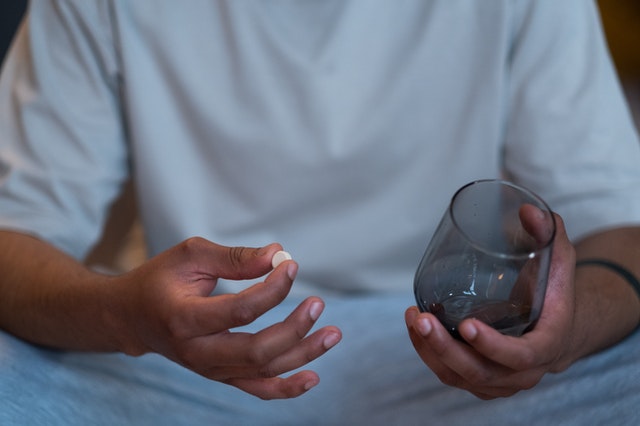
Female sterilization means that you can never get pregnant again. The procedure is an operation in which the fallopian tubes are cut and closed. Female sterilization is a permanent procedure to prevent pregnancy. It works by surgically or nonsurgical blocking the fallopian tubes. There is a difference between surgical and nonsurgical sterilization? While the surgical […]







